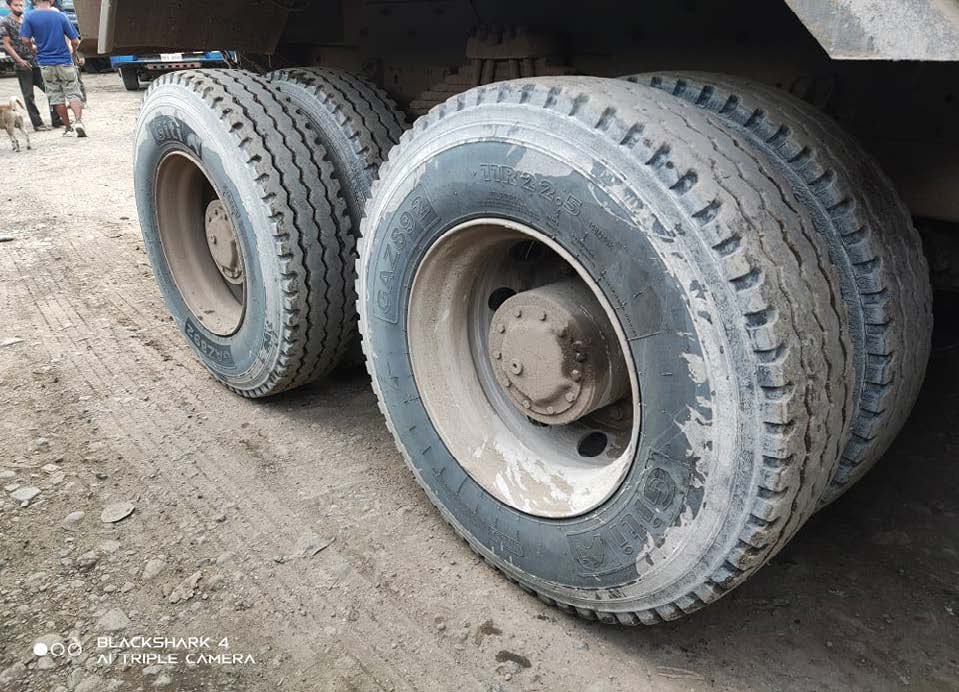

Giti Partners around the world
Here is a sampling of Giti partners around the world that have used the brand's tires to provide top-class quality to their fleets while keeping costs down.

COTRANSCOPETROL is a 16 year experienced fuel and lube hauling company in Colombia. They have been ranked as part of the top 10 largest heavy truck companies since the last century. Beginning with a focus on crude oil in the east region of Colombia, they launched their hauling operations across the country.
COTRANSCOPETROL

Modern Transportation and Maintenance Company was founded in 1998. It operates in the field of maintenance and transport. It consists of around 250 employees and is one of the important clients of Pepsi Co.
MTM/PEPSI

VINICOLA DEL NORTE has been a leader in the business of beverage production for 54 years. Based in the Dominican Republic, they bring unique and high quality products to the whole Caribbean region.
IMPORTADORA K&G

In 14 years of business, they have grown to a fleet size of over 100 vehicles, consisting of Wheeler dump trucks and Wheeler forwarders.
CYG TRUCKING

We are very much satisfied with GITI products. The performances of these tires are better than any known premium tire brands. We are using GIT & PRIMEWELL TBR tires in sizes 325/9524, 315/80R22.5, 1200R24 & 385/6522.5 for more than 5 years in our operations.

AL-RAJHI GROUP OF COMPANIES

With more than 100 trucks consistently in service, the company has been utilizing Giti Tires for more than a year. As the trucks carries building substances that needs to keep consistent and efficient transportation, a consistent and durable tire is necessary to keeping deliveries on time and with the upmost safety.

